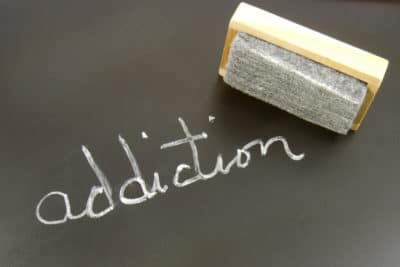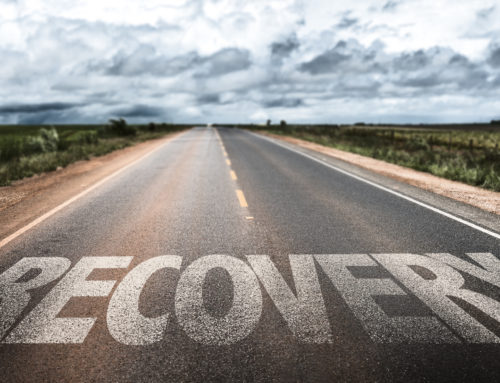
Opiate and opioid abuse has increased substantially over the past few years. The National Institute on Drug Abuse reports that deaths related to opiate use almost doubled from 2011 to 2017, and abuse of these drugs continues to trend up. You may have heard this referred to the opioid crisis.
One reason for this crisis is that opiates and opioids are so addictive, and legal prescription painkillers often open the door for these substance abuse disorders. Here’s what you need to know about opiate addiction and what steps you can take with New Day Recovery towards drug rehab if you’re struggling with it.
Are Opiates and Opioids the Same Thing?
Finding information on opiate and opioid addiction can be confusing because these two terms are sometimes used interchangeably, and you may not be sure what information is relevant to you. Opiate refers to substances such as codeine and morphine, which are made from the natural substances taken from the opium plant. Heroin is also an opioid.
Opioids are substances that work similar to opiates in your body, but they don’t occur naturally. Hydrocodone and oxycodone are examples of opioids. They are synthesized versions of opiates. For the purposes of addiction and substance abuse, these two substances do often act the same and treatments for these addictions may be similar.
What Are Opiates (and Opioids) So Addictive?
For many people, the power of opiate addiction is twofold. First, these substances can cause an intense euphoric reaction that reduces pain and can make other issues, including life stressors, seem less important or even not relevant at all. After experiencing this euphoria, individuals may want to enjoy it again, which means they seek out more opiates and begin a cycle of addiction.
Another reason opiates are so addictive is the way they react with receptors in your brain. They attach to certain receptors in your brain and change the way your brain communicates with the rest of your body. While this is what helps them reduce feelings of pain, it can also lead to a physical dependency that is hard to break.
A physical dependency occurs when your body becomes dependent on a substance and treats the absence of that substance as an abnormal occurrence. This leads to withdrawal symptoms — opiate withdrawal symptoms can be extremely uncomfortable and even, at their most severe, dangerous. This, along with the euphoria of the high, keeps people returning to the drug, even if they have to engage in risky or illegal behavior to get it.
Add in the fact that many people begin using opiates based on a prescription for pain relief and may worry that their pain will return if they stop using them and you have an added psychological factor that drives potential addiction.
Is Help for Opiate Addiction Possible?
Yes, treatment for opiate addiction is possible. Typically it starts with medically assisted detox that helps you get through the worst of the withdrawal period safely and as comfortably as possible. Other common treatment methods used for opiate addiction include cognitive behavioral therapy, education, and promotion of lifestyle changes and the development of a long-term sober support system.
For more information on how you can break out of the cycle of opiate or opioid addiction, contact us at New Day Recovery today.







